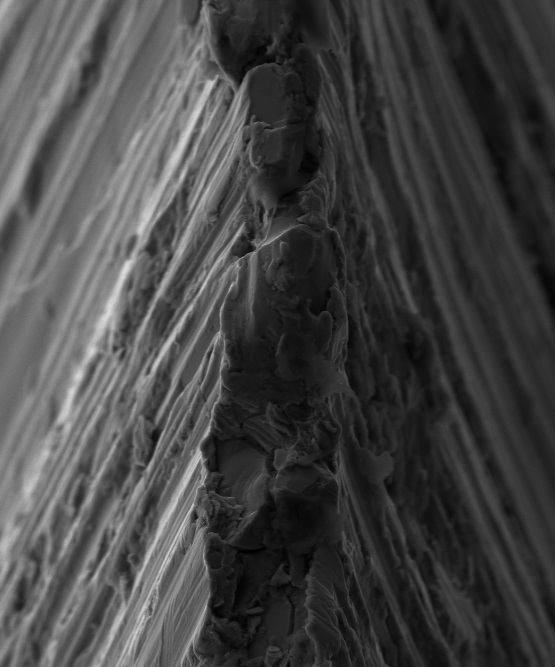David Martin
Moderator
- Joined
- Apr 7, 2008
- Messages
- 19,520
The BladeForums.com 2024 Traditional Knife is available! Price is $250 ea (shipped within CONUS).
Order here: https://www.bladeforums.com/help/2024-traditional/


I don't want to get too far off the subject matter and I find this thread very informative in some ways. But there is one common item that stood right out to me when you listed those particular blade steels i.e. ATS-34, VG-10, AUS-8 ect. It's interesting because those are 3 of the main steels I'm talking about in another thread on another forum. And what those 3 steels I find have in common is that I've found all 3 of them to be great steels for serrated edges, more particularly Spyderedges ( Spyderco's patented serrated edge patterns). And I don't find most of these to be high end performers for plain edges but I do find them to be a beast in SE which I find interesting that these particular steels also deal with this subject matter you're talking about. PM me and give me a list of the ones you find with burr problems because there is an experiment I would like to do with some of these in my spare time.There are some exceptions that are made from more ductile steels also.
However, many of my knives form burrs that will not go away, no matter what I do. Some of the knives are made of steels such as ATS34, VG10, AUS8 and a variety of cheaper steels. I have watched many YouTube videos of how to solve this problem and nothing works. Some of these techniques suggested using whetstones (light edge leading strokes), strops, paper wheels, progressing through finer and finer grits to thin the burr, etc., etc., etc. Nothing seems to work. I have also tried about everything else that I can think of as well.
